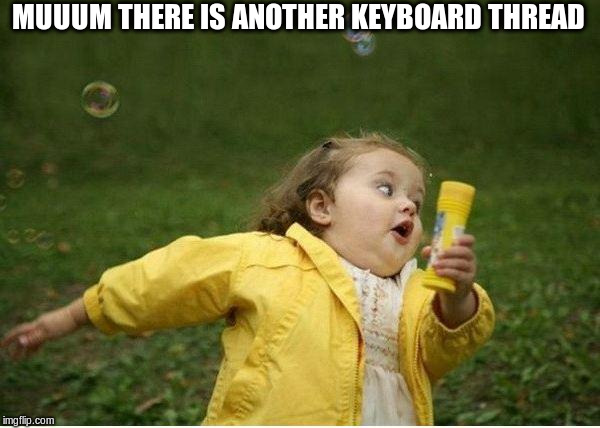Dpad as cursor keys, the buttons as Home/End/PageUp/PageDown, and shoulder buttons as Shift/Control are great on OpenPandora for non gaming tasks.
Pyra having more buttons that act like keyboard keys, would be great for shorcuts and the like.
Last time i did check Debian on OpenPandora, it worked fine. Same with Slackware.
Pyra having more buttons that act like keyboard keys, would be great for shorcuts and the like.
Last time i did check Debian on OpenPandora, it worked fine. Same with Slackware.


